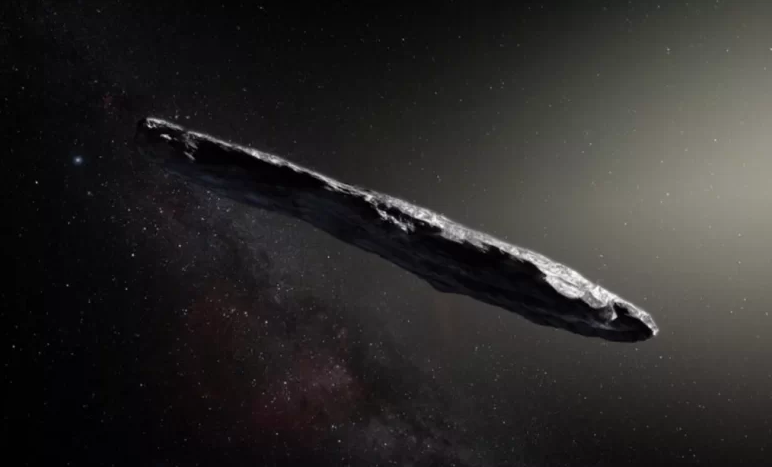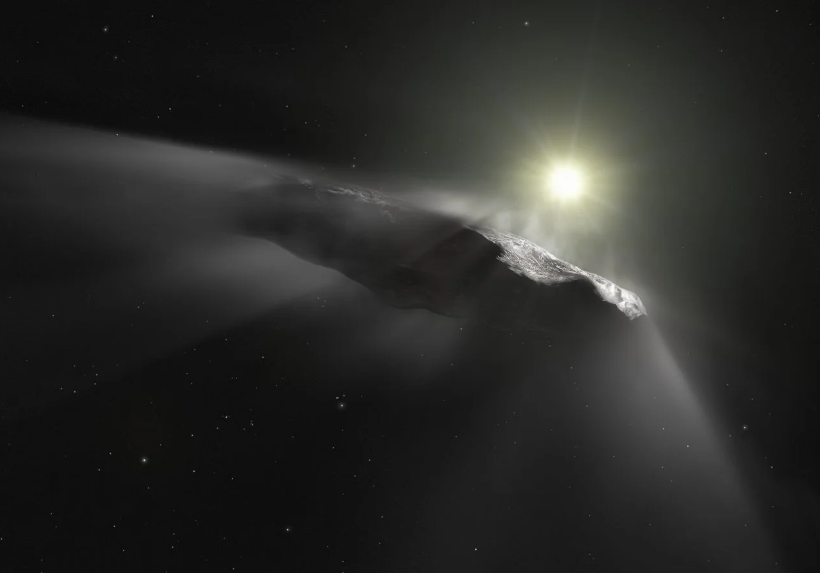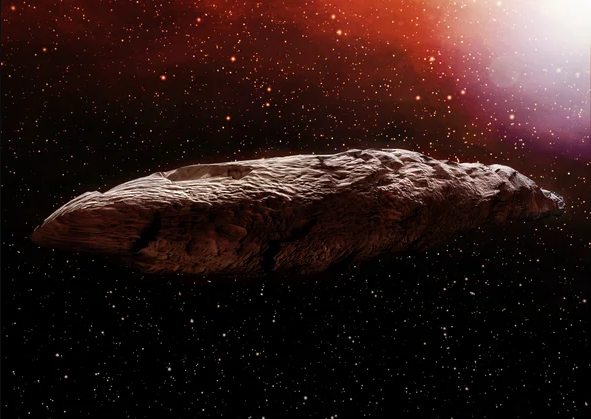Our Solar System Has Received a Second Interstellar Visitor. Astronomers believe they understand its origin this time.
In 2017, when ‘Oumuamua traveled through our solar system, no one knew where the object originated. The origin of Comet 2I/Borisov has, however, been the subject of speculation among astronomers.
For the second time in history, astronomers have found an interstellar object passing through our solar system. But this time, researchers think they understand where it originated from.

The interstellar comet was discovered by amateur astronomer Gennady Borisov in Crimea using his own telescope. Since the oblong ‘Oumuamua sped past our solar system in 2017, his discovery has made the object the first known interstellar visitor. Known as Comet 2I/Borisov or (in earlier reports) as C/2019 Q4, a team of Polish astronomers has computed the route this new comet followed to enter our sun’s gravitational well. And that route returns to the 13.15 light-year-distance binary red dwarf star system known as Kruger 60.
When the course of Comet Borisov is reversed through space, it is discovered that, 1 million years ago, it passed barely 5.7 light-years from the center of Kruger 60 while traveling at a speed of 2.13 miles per second (3.43 kilometers per second)according to the researchers.
That’s fast in human terms; it’s around the peak speed of an X-43A Scramjet, one of the fastest machines ever created. The sun’s gravity prevents an X-43A Scramjet from leaving our solar system, nevertheless. And the scientists found that the comet wasn’t just flying past if it was travelling so slowly and was only 6 light-years away from Kruger 60. They thought that a star system was most likely where it came from. Comet Borisov formerly orbited those stars in a manner similar to how comets in our system orbit their own stars.
Ye Quanzhi, an astronomer and comet specialist at the University of Maryland who was not involved in this research, told Live Science that the evidence connecting Comet 2I/Borisov to Kruger 60 is quite convincing based on the data so far available.
He advised checking two things if you had an interstellar comet and wanted to know where it originated from. “First, how close to a planetary system has this comet passed? Because if it originates from there, its trajectory must cross paths with where that system is located.

The new comet and Kruger are separated by 5.7 light-years, which looks to be a larger distance than a “small gap” (about 357,000 times Earth’s distance from the sun), but it is near enough to qualify as “small” for these calculations, according to him.
Ye said, “Secondly, comets are often expelled from a planetary system as a result of gravitational interactions with the system’s primary planets.”
In our solar system, that may resemble Jupiter catching a comet as it falls, hurling it into a quick orbit, and then launching it into interstellar space.
Ye responded, “This ejection speed has a limit. Planets have a certain mass, and that mass affects how far a planet can launch a comet into space. Therefore, it cannot be unlimited. Jupiter is really huge, but there can’t be a planet 100 times as massive as Jupiter because then it would be a star, he said.
Ye claims that the speed at which comets may leave star systems is constrained by this mass barrier. And, assuming their track projections are accurate, the researchers showed that Comet 2I/Borisov went close enough to Kruger 60 to imply it may have originated there.
Ye added, “Studying interstellar comets is interesting because it provides a unique chance to research other solar systems using the very techniques scientists use to analyze our own. Telescope observations of Comet 2I/Borisov by astronomers may provide information about the comet’s surface. They can determine if it acts normally, as comets do in our solar system so far, or erratically, as ‘Oumuamua is known to have done. With distant solar systems, where small objects often only show up as shadows on their suns, this is a whole field of research that is typically not conceivable.

Because of this study, everything we learn about Comet Borisov could also teach us anything about Kruger 60, a neighboring star system without any known exoplanets. ‘ Unlike Oumuamua, which appears to have come from the general direction of the bright star Vega, astronomers at NASA’s Jet Propulsion Laboratory think Oumuamua originated from a newly-forming star system, though they are unsure of which one. Comet Borisov will be the first interstellar object to be tracked back to its home system if these findings are verified.
The research’s authors took care to point out that these results are preliminary and should not be taken as definitive. The trajectory of Comet 2I/Path Borisov is still being studied by astronomers, and new information may show that the comet originated from a different place and that the original trajectory was incorrect.
Although it has not yet undergone peer review, the study tracking the comet’s origin is accessible on the arXiv preprint service.
Do not forget to share your opinion with us to provide you with the best posts !



0 Comments